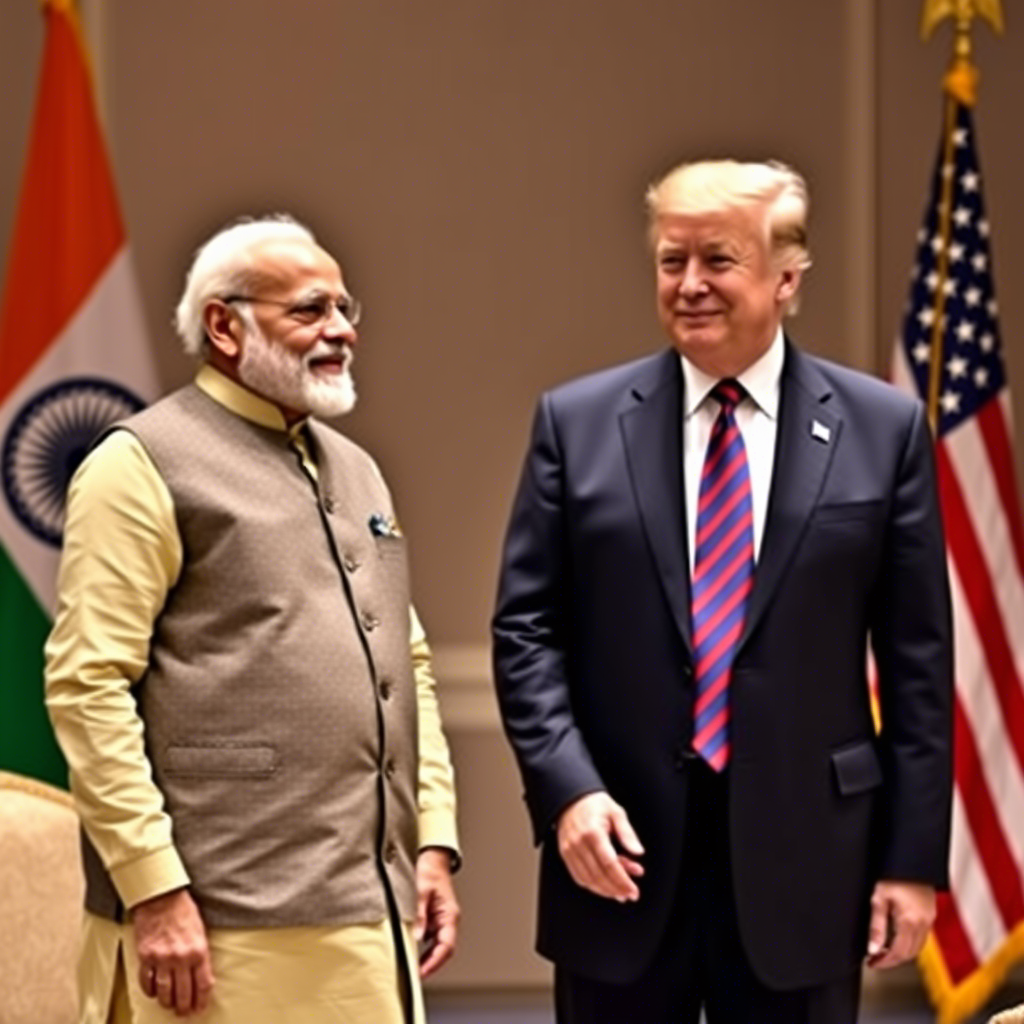So… why’s butter causing such a big diplomatic stir?
Imagine this: you’re sitting with a hot aloo paratha on your plate, a dollop of homemade butter slowly melting on top. Now picture being told that the cow that gave the milk for that butter was fed... bone meal. Or blood. Yeah, I winced too.
That, my friend, is exactly the issue at the heart of the current India–US trade standoff.
And it’s not just about food. It’s about faith, ethics, and identity.

What’s the beef? (Or rather, what’s in the feed?)
Here's the thing: in the US, dairy cattle are often fed with animal-derived proteins—stuff like meat and bone meal, blood meal, and sometimes even processed animal by-products. It’s legal, it’s efficient, and it’s common practice.
But in India? That’s a hard no.
India’s dairy industry is built on a strictly vegetarian feeding system—mostly plant-based fodder like oil cakes and green feed. And this isn’t just a regulatory thing. It’s woven into the cultural, religious, and ethical fabric of the country.
- 🇺🇸 US cows = omnivorous feed (animal-based proteins).
- 🇮🇳 Indian cows = vegetarian feed only.
- India’s food laws demand that dairy products come from cows raised on 100% vegetarian diets.
Now, if you’re thinking, "Can’t the US just label their stuff?" — well, it’s not that simple.
The Green Dot That Changed the Game
Ever noticed that little green dot on Indian packaged food? That’s the vegetarian certification symbol.
In India, it’s more than just a label. It’s a sign of trust. It tells people—especially vegetarians and those from religious communities like Jains or devout Hindus—that what they’re eating aligns with their values.
And under this system, dairy from animals fed with animal-based products? Doesn’t qualify. Period.
So when the US says, “Here’s our cheese,” and India replies, “But what did the cow eat?” — it’s not nitpicking. It’s about preserving something sacred.
India’s Red Line in the Trade Talks
According to a Mint report, India has told the US flat-out: unless you’re willing to match our feed standards or segregate vegetarian-certified dairy, butter, cheese, and yogurt are off the table.
This isn't just about food safety or trade policy. It’s about social trust. It's about culture. Heck, it’s about identity.
“The issue is not merely technical or commercial but involves deep social and cultural sensitivities.” — Indian negotiator (as quoted in Mint)
And honestly? I get it. I’ve seen my own grandparents check for that green dot with more intensity than they check expiry dates.
So, what is India willing to negotiate?
While dairy is the red line, India’s not slamming the door shut on the whole deal.
In fact, they’re considering relaxing tariffs on certain US nuts and fruits like almonds, walnuts, and pistachios. These aren’t widely grown in India, so concessions here don’t threaten local farmers.
Currently, tariffs on:
- Almonds = ₹35/kg
- Walnuts = 100% duty (!)
That’s some serious tariff territory—and a potential sweet spot for compromise.
What’s Next in the India-US Trade Saga?
The second round of talks kicks off in Washington on April 23, with India’s top negotiator Rajesh Aggarwal leading the charge. On the agenda: digital tax rules, non-tariff barriers, and of course... dairy.
Meanwhile, US Vice President JD Vance is in India meeting PM Modi, possibly trying to melt the butter block.
Let’s not forget—back home, the US dairy industry is under pressure to find new markets after China imposed heavy tariffs in 2023, wiping out over $500 million in exports. India, with its growing consumer class, looks tempting.
But there’s one big hitch: India won’t budge on the cow feed issue. Not even a little.
FAQ: The Dairy Diplomacy Edition
Q1. Why does India care so much about what cows are fed? Because food in India is intertwined with religion, ethics, and trust. Animal-based cattle feed violates vegetarian dietary standards followed by millions.
Q2. Can’t the US just label their dairy products for India? India’s food safety norms require certified vegetarian origins, not just labeling. This includes feed practices, which are hard to verify without strict regulation.
Q3. What could be a compromise? Possibly a segregated supply chain where some US producers raise cows on vegetarian feed for Indian exports. But it’s logistically and financially complex.
Q4. What happens if the dairy issue isn’t resolved? India–US trade deal might still go through with concessions in other sectors, but dairy will remain excluded unless feed standards align.
It’s Not Just About Butter
Honestly, this whole debate isn’t about butter or tariffs. It’s about values. It's about whether trade should force a culture to bend—or whether it can evolve through mutual respect.
India's stand might seem rigid to some, but if you’ve ever watched your mom check a food packet twice before putting it in the cart, you’ll get it. In a world of fast deals and faster food, maybe this kind of conviction is rare—and worth respecting.


